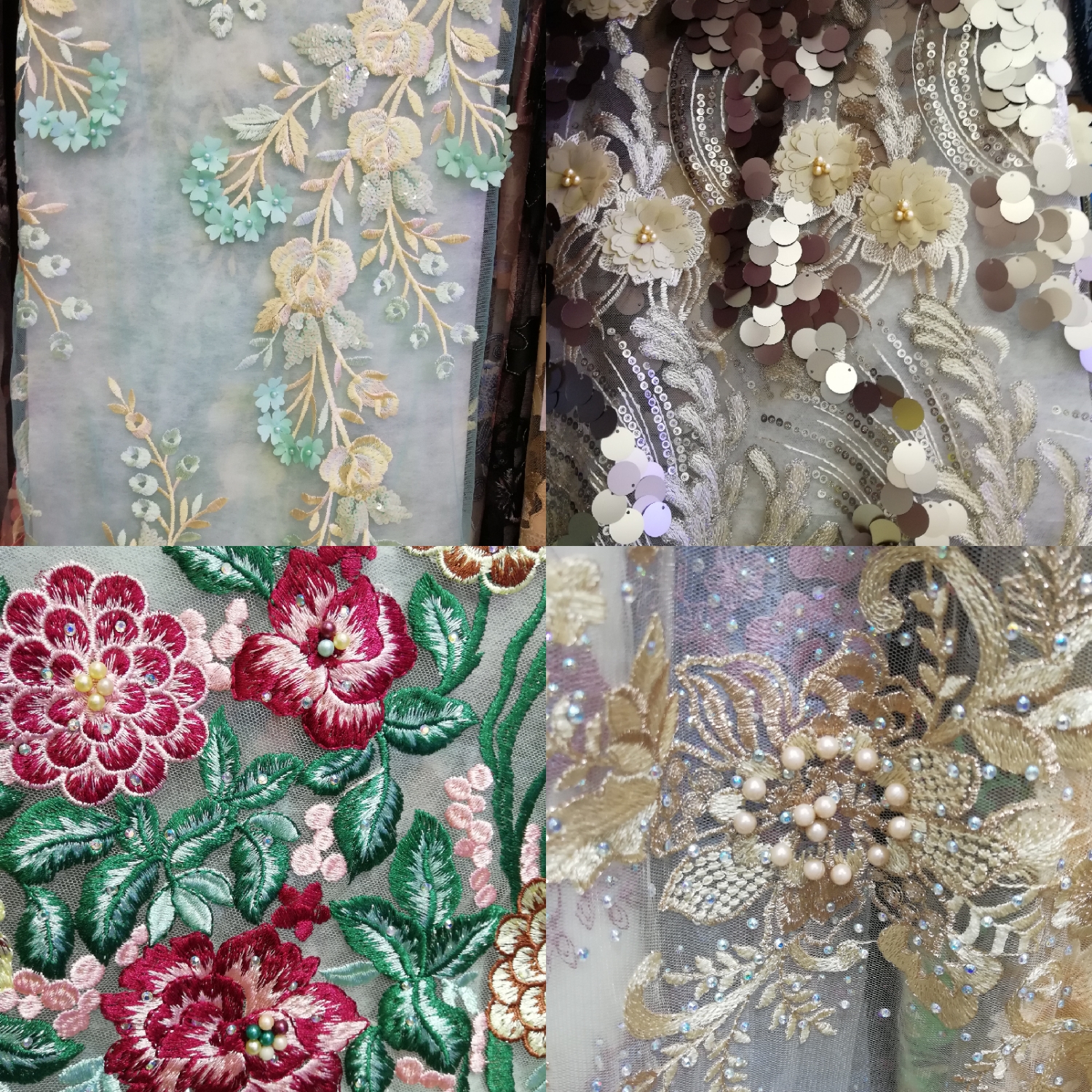With the rapid development of polymer science and technology, the demand for high-molecular materials in society is also increasing. It is often difficult for a single polymer material to meet this requirement. It is necessary to modify the polymer material by means of alloys, blends, and composites (abc for short) in order to maximize the characteristics of the individual components and give them a single material. Do not have good quality. The research and development of high-performance composite materials have become an important part of contemporary high technology and an important trend in the development of polymer materials. It is facing high specific strength, high specific modulus, high toughness, high temperature resistance, corrosion resistance and resistance. Wear and other development in many directions. Among them, the toughened and reinforced polymer composites have become the hotspot of engineering plastics modification research. In general, the filling of rigid particles into the polymer matrix can effectively increase the strength, stiffness, and dimensional stability of the material, but at the same time, it can easily lead to an increase in the brittleness of the polymer. While toughening thermoplastics with elastomers, while toughening, it makes the material's stiffness, strength, use temperature and other indicators significantly lower. The polymer/elastomer/filler three-phase composite material formed by mechanically blending rigid particles and rubber at the same time can balance the contradiction between the rigidity and toughness of the material within a certain range, but cannot simultaneously obtain high-strength and high-performance polymer materials. . Therefore, since the 1980s, new methods for modification of toughened polymers with non-elastomeric (rigid) particles have been proposed. However, the above-mentioned interface phase structures are all formed during the reactive extrusion process. The material properties are unstable, and the operation cycle is long and difficult to control. Therefore, it is difficult to industrialize the high rigidity and toughness polymer composite materials developed by the laboratory. At the production stage, for this purpose, under the support of the national “863†project, the idea of ​​enhancing the toughened filled masterbatch to prepare high-performance composite materials was proposed. Under the guidance of this idea, the polypropylene used for reinforcing and toughening was successfully developed. Masterbatch and nylon modified toughener masterbatch. The development of reinforced and toughened master batches involves a number of marginal disciplines: interfacial molecular design, physical and chemical modification of fillers and polymer surfaces, surface property characterization, synthesis of interface compatibilizers, interfacial interactions, rheological behavior, filler dispersion rates And the degree of dispersion, the crystallization behavior of the polymer, the mechanical properties of the material, and the strengthening and toughening mechanism are therefore very complex and very significant. After studying the relationship among the surface properties of inorganic particles, the microstructure of dispersed phases, and the mechanical properties of materials, we summarized four basic principles for the preparation of high-performance polymer composites for reinforcing and toughening filled masterbatches and creatively solved inorganic The key technology problems of uniform dispersion of particles and conflicting interfacial bonding are achieved through the use of highly efficient interfacial modifiers and the use of reactive extrusion processing methods to realize the in-situ infiltration of small amounts of rubber and coating of inorganic rigid particles. A kind of reinforced and toughened filled masterbatch of a novel polymer/inorganic particle "shell-core" structure with a monodisperse inorganic particle as a core and a small amount of an elastomer as a shell. Enhanced toughening filled masterbatch has the following characteristics: 1. The addition of the filled masterbatch not only can significantly improve the process rheological properties of the polymer, but also can be rapidly and uniformly dispersed in the polymer matrix. Therefore, the process of compounding the master batch and the polymer is simplified from secondary processing to once Processing becomes possible. 2. The addition of the filled masterbatch increases the modulus and toughness of the polymer composite at the same time, ie, the modulus and the toughness of the material exceed the values ​​of the polymer itself, and a tough and rigid composite material is obtained. Filled Masterbatch Reinforced and Toughened Polypropylene: Filled masterbatch (content 40wt%) modified polypropylene material mechanical properties data Homopolymer pp masterbatch filled homopolymer pp copolymer pp masterbatch filled copolymer pp Notched impact strength (j/m) 2080-90150300-400 Tensile Strength (mpa) 3025-302520-25 Flexural strength (mpa) 3540-503030-36 Flexural modulus (gpa) 1.02.0~2.50.81.5-2.0 At home and abroad, there are many filled masterbatch products and research reports. Up to now, there have been no reports of high-dispersion filled masterbatches that simultaneously enhance the toughening of polymer materials. Its successful development has contributed to the improvement of the interface structure model of inorganic rigid particle reinforced and toughened polymers, to the improvement of the interface design and control of composite materials, and to the further upgrading of China's large variety of general plastics to engineering plastics and engineering plastics. Performance-oriented development of new ways for the application of polymer materials to broaden new areas and create its due social and economic benefits. At present, the reinforced and toughened filler masterbatch can be used to modify polypropylene and polyethylene plastics, at the same time, the rigidity and toughness of the material thereof are improved, and the application range thereof is widened. For example, the modified polyolefin material can be applied to automobile and automobile parts , household appliances shell, electric tool box and so on.
chemical lace embroidery fabric
1) Material: polyester
2) color: can be follow you swatch sample ,any color is workble
3) Various of fashion models are supplied
4) Your designs are welcomed.
Production Name:
Embroidery fabric lace
Material
Polyester
Payment
T/T
Color
customization
Width
146cm-150cm
MOQ
500yard
Delivery time
About 10-20days after confirming the order
Advantage
1.High quality with factory price
Usage
Widely used in home textile lace,girls dress lace,skirt lace,
Package
1.20-25kgs per paper roll with strong poly bag outside woven bag.
Fabric details:
Plain Embroidery Fabric,Blue Lace Fabric,Cotton Lace Fabric,Beaded Lace Fabric DONGGUAN SHITAI ACCESSORY TEXTILES CO.,LTD , http://www.stsewingcraft.com
However, from the point of view of materials science, strength and toughness are two particularly important but contradictory mechanical properties of structural materials. The problem of simultaneous strengthening and toughening of materials is always one of the major problems that need to be solved in polymer materials science. .
Under the support of the National Natural Science Foundation of China, this laboratory first carried out basic and applied basic research on the inelastic toughening of polymers in China. After years of efforts, we replaced the rubber toughened polymer composites with inorganic rigid particles and The mechanism of toughening has been systematically studied in depth and breakthroughs have been made. In theory, it is clarified that in addition to the requirements for the particle size and particle size distribution of the filler, the inorganic rigid particle toughening polymer must propose a new structural form for its interfacial phase structure, ie, it is well embedded around uniformly dispersed rigid particles. The interface is combined with a certain thickness of the flexible interfacial phase, so that when the material is subjected to damage, it can not only initiate the silver streaks, stop the crack expansion, but also induce the matrix shear yield under a certain morphological structure condition, thereby dissipating a large amount of impact energy.
2.Natural health
3.Environmentally friendly material lace fabric
Or safety vest/T-shirt/under wear/garment accessory.
2.The height of per roll is about 25-35cm,the length is 150-160cm.
3.There are about 150 rolls in a 20' FCL.



